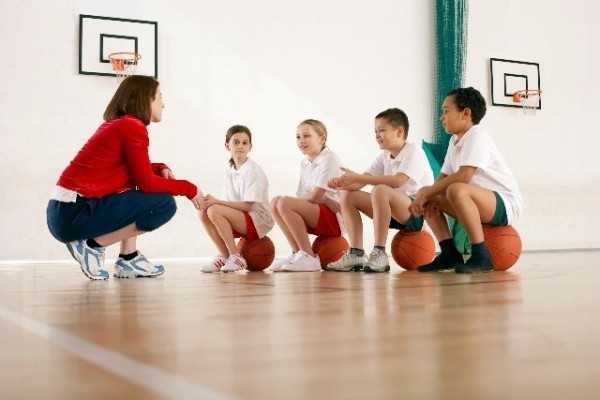Put The Physical In Education

At the point when defied with an excessively dynamic youngster, numerous exasperated instructors and folks react the same way: “Sit still!” It may be more viable, however, to sway the tyke to run. Late research recommends that even little measures of activity empower youngsters to enhance their center and scholarly execution.
At this point its well realized that conclusions of consideration shortage hyperactivity issue are progressively far reaching among American kids: The mark has been connected to around 11 percent of those between the ages of 4 and 17, as per the most recent government facts. Interestingly, past studies have demonstrated a solid relationship between more prominent vigorous wellness and mindfulness.
Anyhow these studies did not answer the inquiry of which starts things out, the wellness or the attentional control.

Tending to that puzzle was an objective of a study distributed a year ago in The Journal of Pediatrics. Specialists at the University of Illinois at Urbana-Champaign enrolled 40 8-to-10-year-old young men and young ladies, 50% of whom had A.d.h.d.
They all took an arrangement of automated scholastic and attentional tests. Later, on one event they sat and read quietly for 20 minutes; on an alternate, they strolled energetically or ran for 20 minutes on treadmills. After each one assignment, the youngsters wore tops containing anodes that recorded electrical movement in the cerebrum as they rehashed the first tests.
The results ought to make executives address the insight of cutting P.e. classes. While there were few measurable contrasts in any of the kids’ scores after tranquil understanding, they all indicated checked enhancements in their math and perusing appreciation scores after the activity.
Additional striking, the youngsters with A.d.h.d. altogether expanded their scores on an entangled test, one in which they needed to concentrate on a solitary cartoon angle on-screen while other toon fish flashed on-screen to divert them. Mind wave readings demonstrated that after work out, the youngsters with A.d.h.d. were better ready to control their conduct, which helped them give careful consideration.
They reacted all the more deftly to errors like mistaken keystrokes. In short, the kids with A.d.h.d. were better understudies scholastically after activity. So were the understudies without A.d.h.d.
“Regarding a nonpharmacological method for managing attentional-control issues in youngsters, activity looks as though it could be very helpful,” says Charles Hillman, the teacher of kinesiology at the University of Illinois who regulated the study. “Particularly since it appears to additionally enhance the scholastic execution of kids who don’t have attentional-control issues.”
Furthermore, includes Matthew Pontifex, now a right hand educator at Michigan State University and the study’s lead writer, “You needn’t bother with treadmills.” Just get fretful youngsters to walk or bounce or in some manner be physically dynamic for a couple of minutes. Sweet talk their companions to join in.
Obviously, even as it strengthens the gathering proof that practice is useful for brains, this fleeting study leaves numerous inquiries unanswered: How much and what sort of physical action is ideal? Does it for all time reduce attentional issues? Does exercise specifically influence consideration whatsoever? In their study, the specialists guess that practice may hone mental concentrate to some extent by expanding mind action in the frontal flap.
Anyway understanding its components may not be required for instructors and folks to consider conveying development to counter meandering considerations.
